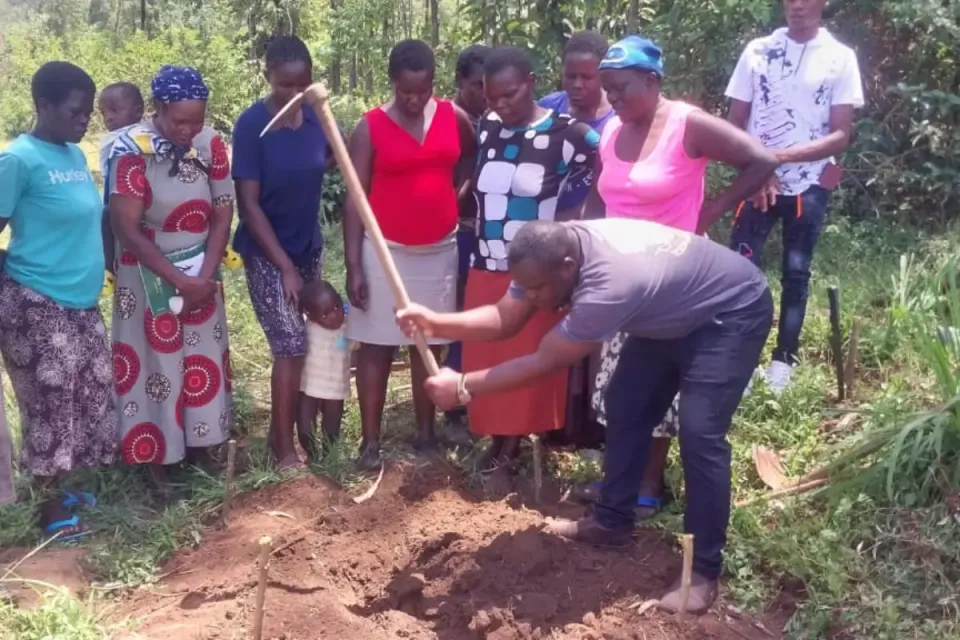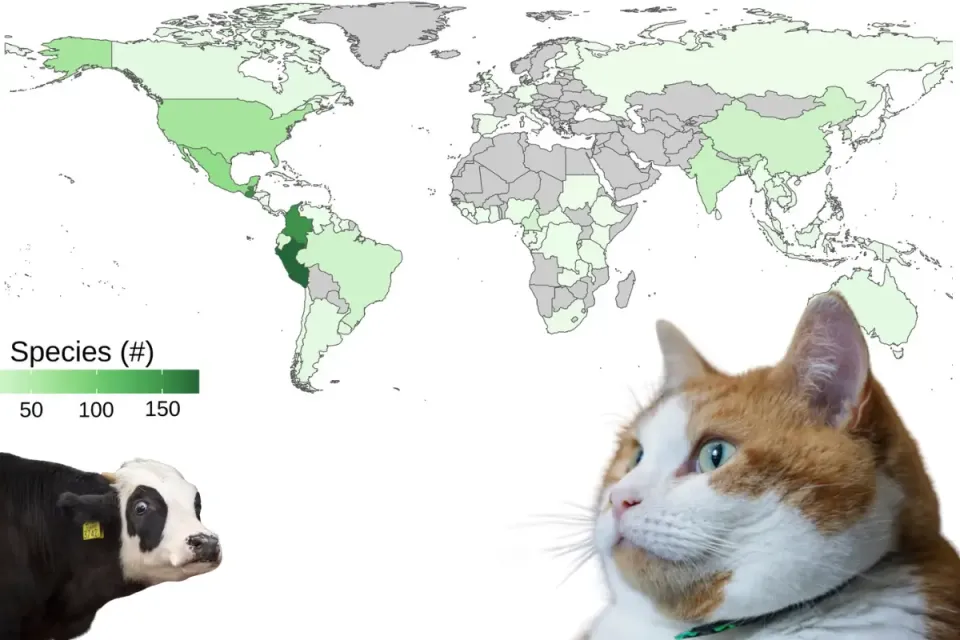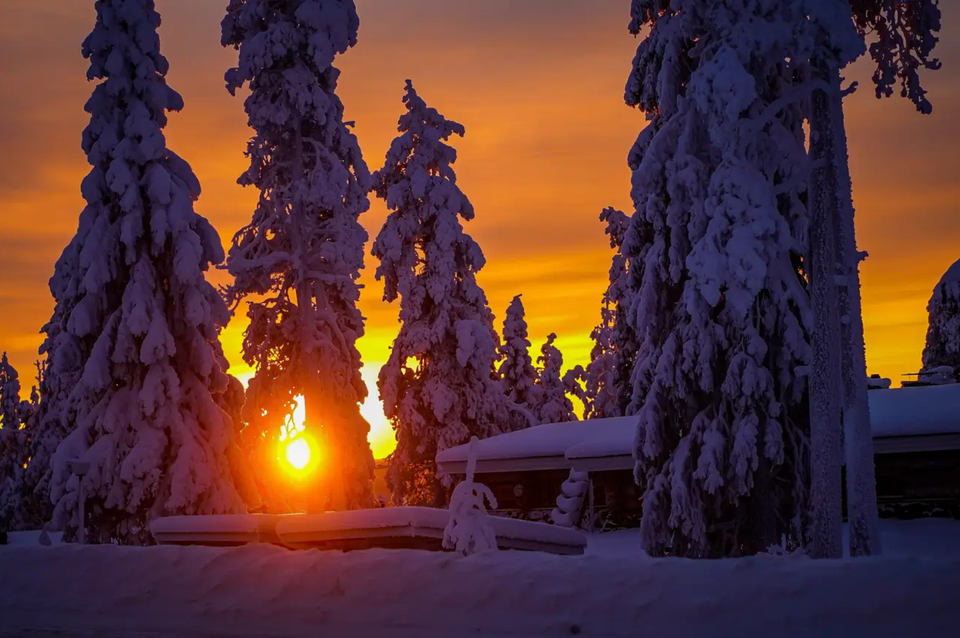Smarter Forests: Reimagining Reforestation in Peru
Reforestation in Peru: Researchers use niche modeling and improved seedling techniques to restore Retrophyllum rospigliosii.
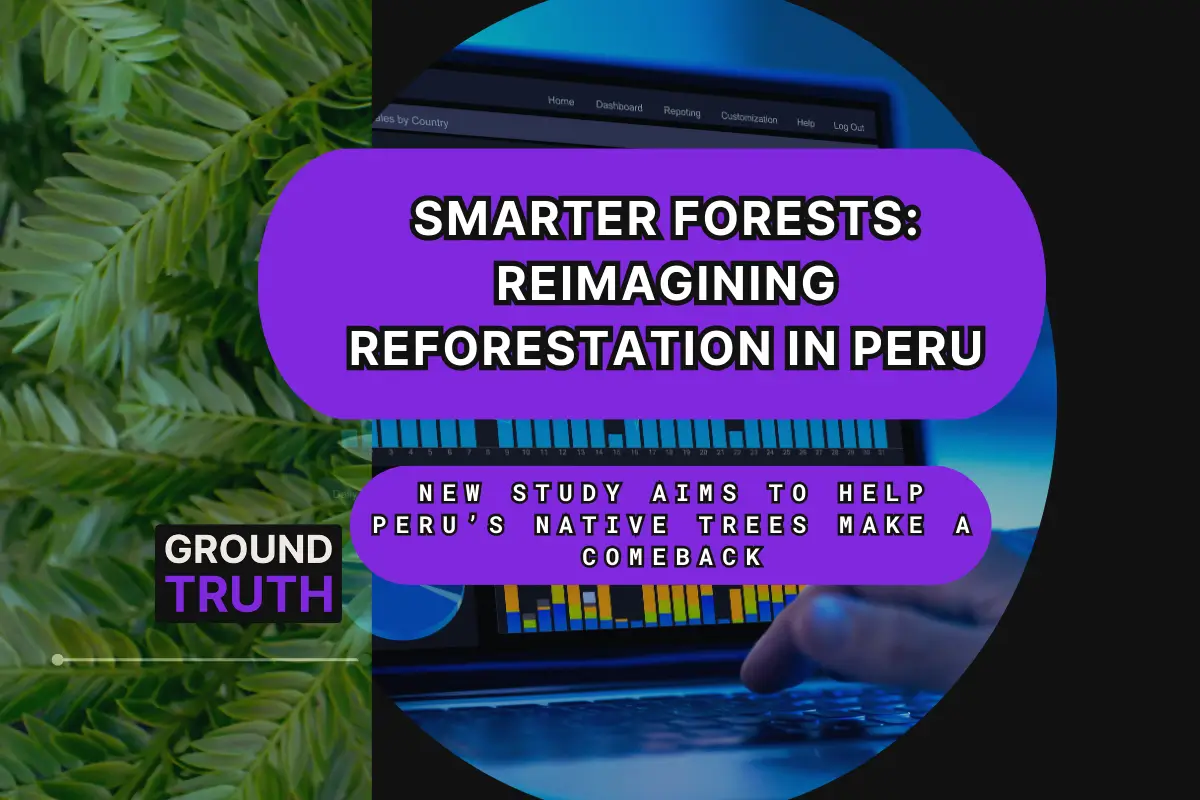
Why Seedling Quality Is the MVP for Andean Forest Comebacks
The Andean superstar tree, Retrophyllum rospigliosii, is in hot water—thanks to illegal logging and vanishing habitats. This native heavyweight isn’t just any common tree; it’s a cornerstone for the Peruvian forest ecosystem and an economic lifeline. But despite its A-list status, R. rospigliosii is slipping through the cracks. A new study by Mendoza et al. (2024) dives into this.
Retrophyllum rospigliosii in the wild.
Game Plan: Smarter Growing, Smarter Planting
Researchers tackled the challenges of reforesting R. rospigliosii with two key strategies: improving seedling production in nurseries and using ecological niche modeling to identify reforestation zones.
Hacking Seedling Production:
Forget trial and error. By testing different doses of controlled-release fertilizer (CRF) and container sizes, researchers hit a winning combination: seedlings grown with a 4.2 g/L CRF dose were the strongest, with 3.76 mm root collar diametersand 13.25 cm heights after six months.
Smaller containers also reduced soil use without significantly compromising seedling quality, making nurseries more efficient and cost-effective.
Finding the Perfect Tree Real Estate:
Using ecological niche modeling (ENM), the team mapped 6,321.97 km² of prime reforestation zones across nine regions in Peru. Pasco (1,857.56 km²) and Junín (1,594.96 km²) emerged as the top areas, offering the best climate, soil, and elevation conditions for R. rospigliosii.
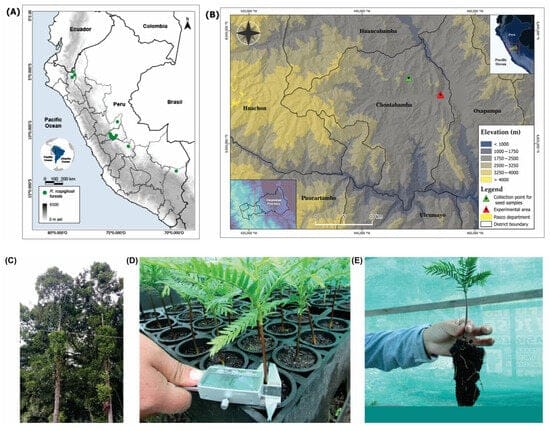
Key Stats
Some key statistics and findings from the study include the following:
- Seed Germination: R. rospigliosii seeds achieved an impressive 85% germination rate in just 120 days when grown in commercial substrate.
- Best Fertilizer Dose: A 4.2 g/L dose of CRF produced the healthiest seedlings, with robust roots (3.76 mm) and strong growth (13.25 cm) in six months.
- Reforestation Zones: Over 6,300 km² of land in nine regions were identified as ideal for reforestation, with Pasco and Junín offering the largest areas.
- Seedlings Needed: Restoring these areas will require an estimated 3 million seedlings of R. rospigliosii.
- Efficient Containers: Smaller containers reduced soil use, making nurseries more resource-efficient without sacrificing seedling survival rates.
Open Knowledge Opens Possibilities
The researchers created a practical framework for reforestation planning by combining niche modeling techniques with field-based seedling production trials. Their approach for identifying suitable planting areas and improving seedling growth offers valuable insights that can inform similar reforestation projects.
The bottom line? When knowledge is shared, solutions grow—and so do the possibilities for restoring ecosystems on a global scale.
Source
Camarena-Yupanqui RC, Orellana-Mendoza E, Bernaola-Paucar RM, Ames-Martínez FN, Loardo-Tovar H, Quispe-Melgar HR. Seedling Production of Retrophyllum rospigliosii in Nurseries and Potential Reforestation Areas Using Modeling Techniques. Forests. 2024; 15(12):2179. https://doi.org/10.3390/f15122179
Edited by Chris Harris

This work is licensed under a
Creative Commons Attribution 4.0 International License.

